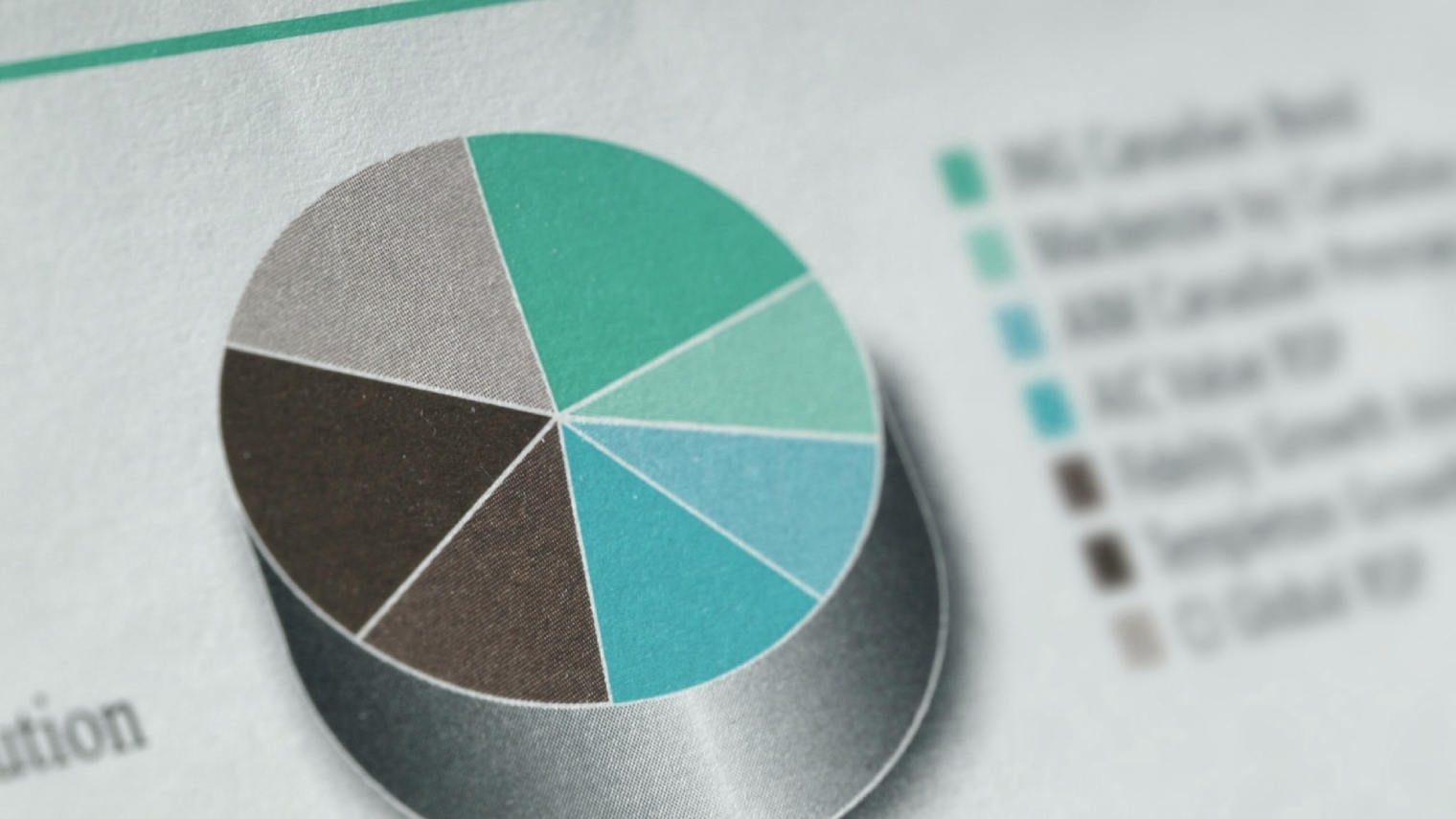A retirement portfolio is an important component of a person’s retirement savings plan. It is a grouping of investments such as stocks, bonds, Peer to peer investing, and other financial vehicles that are intended to provide a consistent income stream during retirement. Individuals can use retirement portfolios to protect their assets and ensure they have enough money to live comfortably in retirement. Retirement planning can be complicated and time-consuming, so individual investors must understand the various types of investments available in order to build a portfolio that meets their needs.
What is a Balanced Portfolio for retirement?
The goal is to create a portfolio that balances the need for income with enough liquidity to weather market downturns. We can begin by dividing the portfolio into two sections, each with its own set of objectives:
The broadest possible diversification meets the total return required to finance withdrawals while reducing the volatility of the equity portion to its smallest practical limit and delivering the long-term growth required to hedge inflation.
Fixed income serves as a store to manage everyday expenses and to reduce overall portfolio volatility. Instead of attempting to stretch for yield by increasing duration or lowering credit quality, the fixed income portfolio is designed to be close to money market volatility. Income generation is not the primary goal.
Both components of the portfolio contribute to the goal of generating a liberal, long-term withdrawal. It is important to note that we are not investing in order to earn income; rather, we are investing for total return.
Why you need a retirement plan
Here are four reasons why everyone needs a retirement fund:
1. Lack of a social retirement benefit
India has yet to put in place a strong social security system that includes retirement benefits for its senior citizens. Although pensions and employee provident funds exist, they may not cover all expenses. This is why establishing a diversified retirement fund comprised of fixed income and mutual fund investments is critical.
2. Financial independence
For generations, older Indians have relied on their children for financial support in retirement. Young people are becoming more self-sufficient. They are frequently unable to financially support their parents. Even if they can, being responsible for yourself gives you more independence to live life on your own terms because you will not be accountable to anyone else.
3. Rising costs
As an individual investor, you must consider rising costs. When planning your retirement, inflation is an important factor to consider. If you can’t keep up with rising costs, you may have to lower your standard of living.
4. Unexpected medical needs
Healthcare costs are critical to comprehending the significance of retirement planning. While retail prices continue to rise steadily, healthcare costs are rising at an alarming rate. While other financial goals can be compromised, health cannot.
How To Calculate The Amount You Would Need For Retirement?
When calculating a retirement fund, an individual must consider several factors such as their potential retirement age, life expectancy, inflation, rate of return, and so on. Someone in their 30s, for example, will have 30 years to save or invest for retirement. If their annual expenses are Rs. 7,20,000, they will need a corpus of Rs. 54,80,824 to maintain financial stability after retirement (assuming 7.00% inflation year on year).
The amount needed for retirement should be calculated by taking into account several key factors such as an individual’s age, monthly expenses, potential inflation rate, and so on.
Steps to Retirement Planning
Regardless of where you are in life, there are several key steps that almost everyone should take when planning for retirement. Here are a few of the most common:
1. Create a strategy.
This includes deciding when to start saving, when to retire, and how much you want to save for your ultimate goal.
2. Determine how much money you will invest each month.
Automatic deductions remove the guesswork, keep you on track, and eliminate the temptation to stop or forget to deposit money on your own.
3. Select the appropriate investment option for you.
If your employer provides EPF or a similar retirement plan, take advantage of it. Remember that if your company offers an employer match and you don’t participate, you’re essentially giving away free money. Don’t forget to have an emergency fund that can be easily liquidated if you need money quickly.
Consider the various types of tax-advantaged retirement investment options available in the market and the kind of returns each of the options is giving.
P2P lending platforms like Monexo also provide a higher return than other investment options. These platforms offer returns above and in line with other investments, which beats inflation and protects your wealth. It is quite healthy when compared to the returns offered by other investment options such as stocks, bonds, real estate, and so on.
4. Diversify portfolio and adjust regularly
Check in on your investments on a regular basis and make adjustments as needed. A portfolio must be diverse. It’s always a good idea to make any changes whenever your lifestyle changes or you reach a new stage in your life.
P2P lending in India also provides a great diversification long-term investment opportunity for Indian individual investors. These investments have no correlation with any other investments, including stocks. If you have already invested in equities, P2P lending India provides an excellent opportunity to hedge your investment against any risk.
Last words
Everyone’s financial strategy should include retirement planning as a non-negotiable component. Although the future is uncertain, being prepared can help. Diversify your retirement fund by investing in mutual funds, peer to peer investing, fixed-income securities, and other government-backed securities. Begin as soon as possible so that you can relax in your later years.
Monexo Peer to Peer investing is an innovative solution that can help you achieve your retirement goals. It helps you diversify your investments, so that you have a stable income even when you stop working. You can enjoy a ROI of upto 13% and your investments are protected from market volatility and you can be rest assured that your retirement funds are well taken care of.




